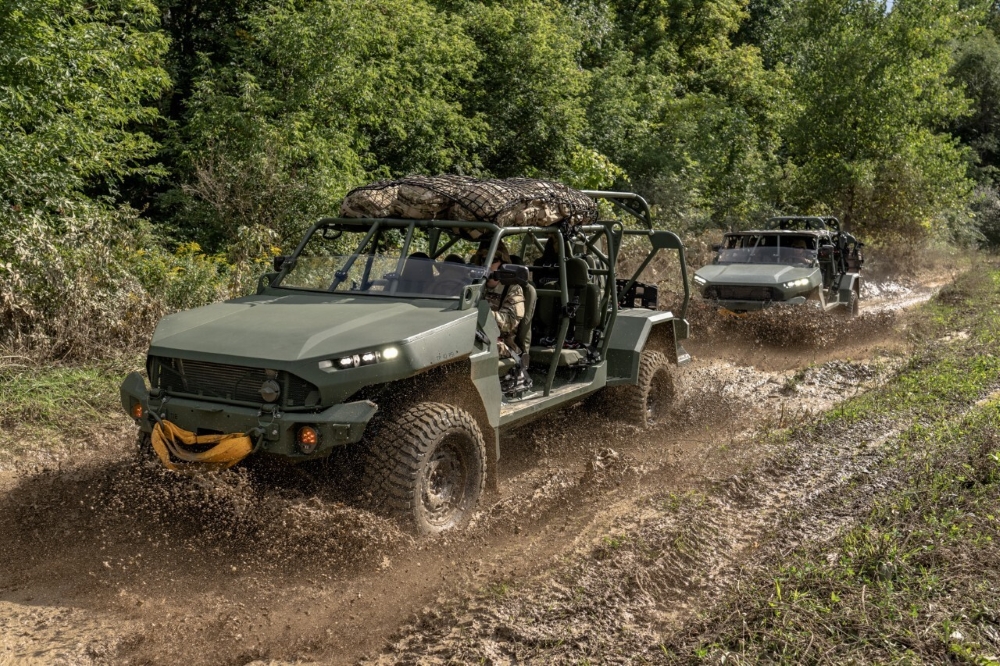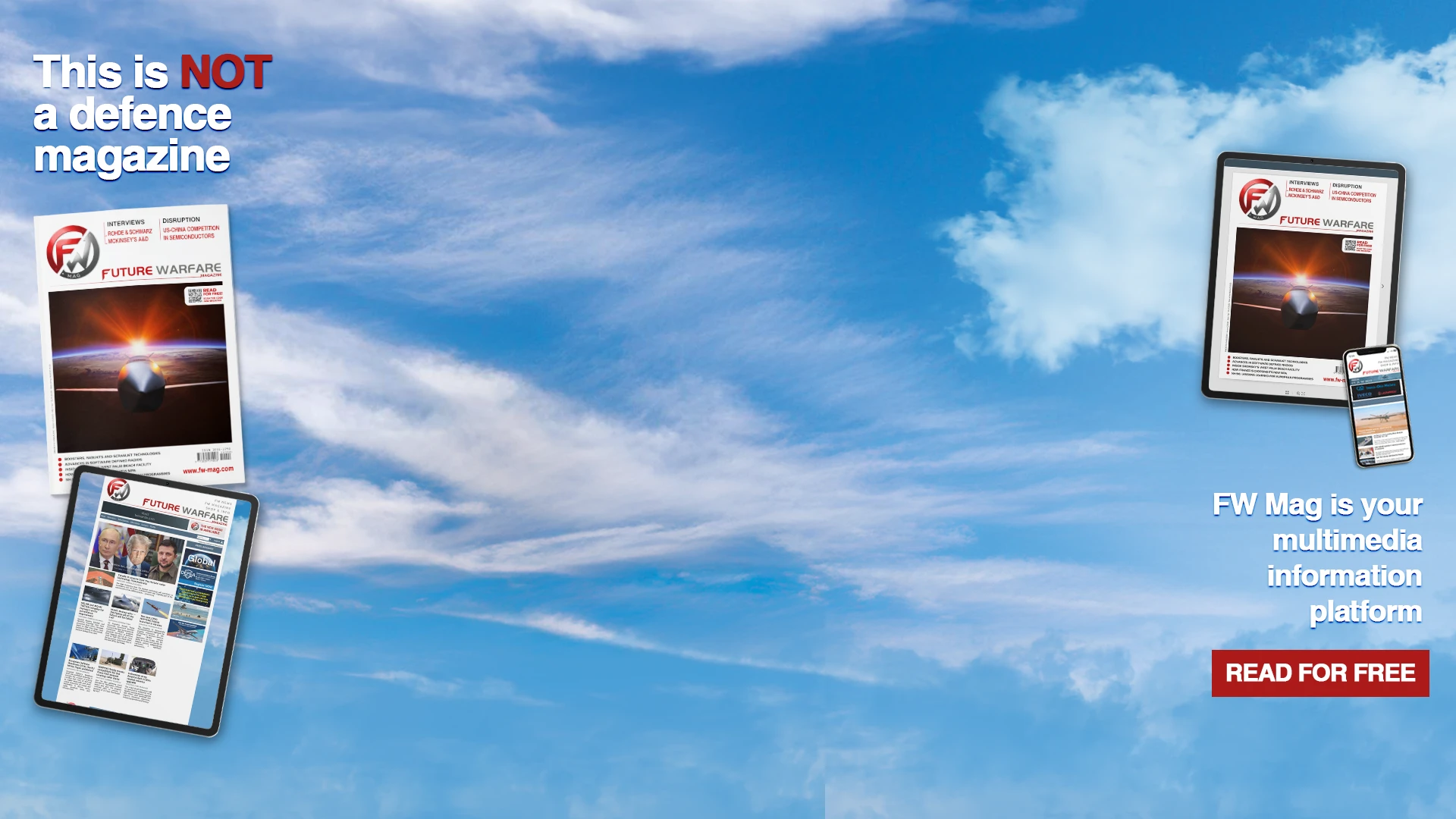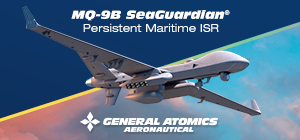
NP Aerospace and General Motors Defense have announced their teaming arrangement to jointly pursue the opportunity represented by the Light Mobility Vehicle project within the wider Land Mobility Programme of the UK Ministry of Defence, as well as various other opportunities in Canada, through NATO nations and potentially beyond.
The LMV project is due to select a Common Base Platform vehicle to serve as replacement for the obsolescent Land Rover WOLF and Pinzgauer fleets in use across the British Armed Forces. It is only one layer of the wider Land Mobility Programme which is meant to modernize and consolidate the UK defence (primarily the Army’s) vehicle fleets across the Light, Light Protected and Medium Protected segments.
The LMP/LMV are just the latest incarnation of a requirement that has existed for many years, under different names, but which so far as always failed to take off. It is not a given that this will finally be the successful attempt, but for the moment the project is moving and on May 22 a pipeline notice was published, compliant with the Procurement Act 2023 disposition, to alert industry that the estimated date for the Tender Notice is 1 December 2025, with estimated contract commencement 1 May 2027 and duration to the end of April 2033. The estimated Value, VAT excluded, was given as being £750 million (900 million total).
The pipeline notice followed from on from a RFI in January, and earlier information gathering initiatives and events that have taken place over the last few years, including a Light Mobility Showcase in December 2023 at the BattleLab in Dorset which saw the participation of several candidates.
General Motors and NP Aerospace’s entry will be the former’s Infantry Squad Vehicle (ISV) and its utility variant, are both based on the rugged Chevrolet Colorado ZR2. The ISV is the key platform the US Army has selected to bring mobility to its Air Assault, Parachute and Infantry brigade combat teams, all of which are due to receive the lightweight vehicle to evolve into Mobile Brigade Combat Teams.
The ISV is a winner, for now at least, in revised and evolving US Army plan being not only confirmed but left virtually “without counterparts” as the Army ceases procurement of the HUMVEE and of the JLTV.
The ISV proper sits 9 dismounts, while the utility variant sits 4 with the rest of the space devoted to a cargo bed. The vehicle is open topped and unprotected. It is however possible that the mechanical base would be offered to the UK MOD in a wider variety of configurations.
That the ISV is being put forward at all is a demonstration that the LMV requirement remains very much vague and unclear: it is still uncertain exactly how far forward on the battlefield the LMV is expected to operate, although the RFI noted the common base vehicle would “deliver warfighting roles across the Joint Force”.
The ISV would be particularly suited to a number of frontline roles including increasing the mobility of Light Role infantry but appears a sub-optimal solution for a number of other Land Rover roles, especially in its current open top nature (which however NP Aerospace might solve by integrating different bodyworks).
Indicatively, judging from earlier indications and other candidate entries, the MOD is looking for 4x4 and/or 6x6 vehicles up to around 6,500 kg in weight.
NP Aerospace is a key supplier for the UK MoD and is closely involved in all wheeled protection platforms employed by the MOD. It is involved in producing and supplying Civilian Armored Vehicles and is a key supplier in support of Protected Mobility fleets from JACKAL to FOXHOUND and MASTIFF.
NP Aerospace has also purchased the whole line of the ex-Jankel company and has just inaugurated an expended, 5.73-acre facility in Coventry. NP Aerospace is a specialist in vehicle integration, armour production, and various engineering capabilities.
Another contender aiming at the LMV award is Babcock which is pushing its General Logistics Vehicle based on the Toyota Land Cruiser 70 mechanical base, both short and long wheelbase, 4x4 and 6x6.








.png)
